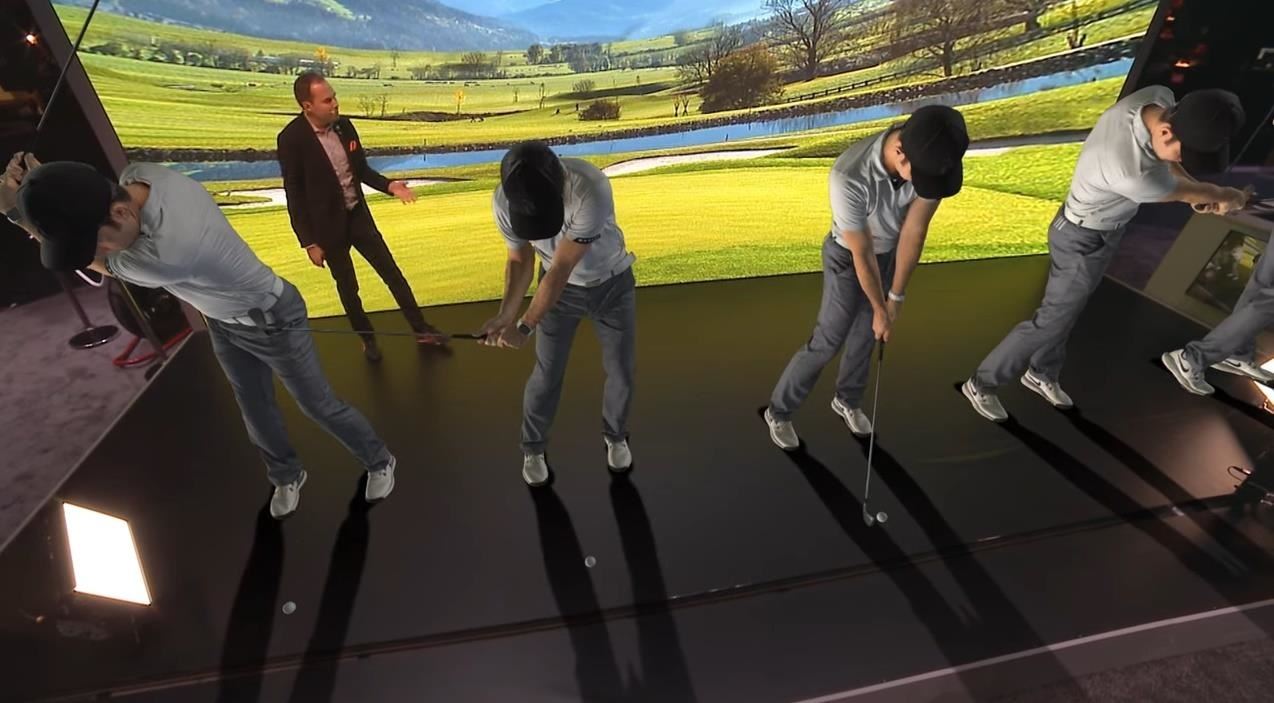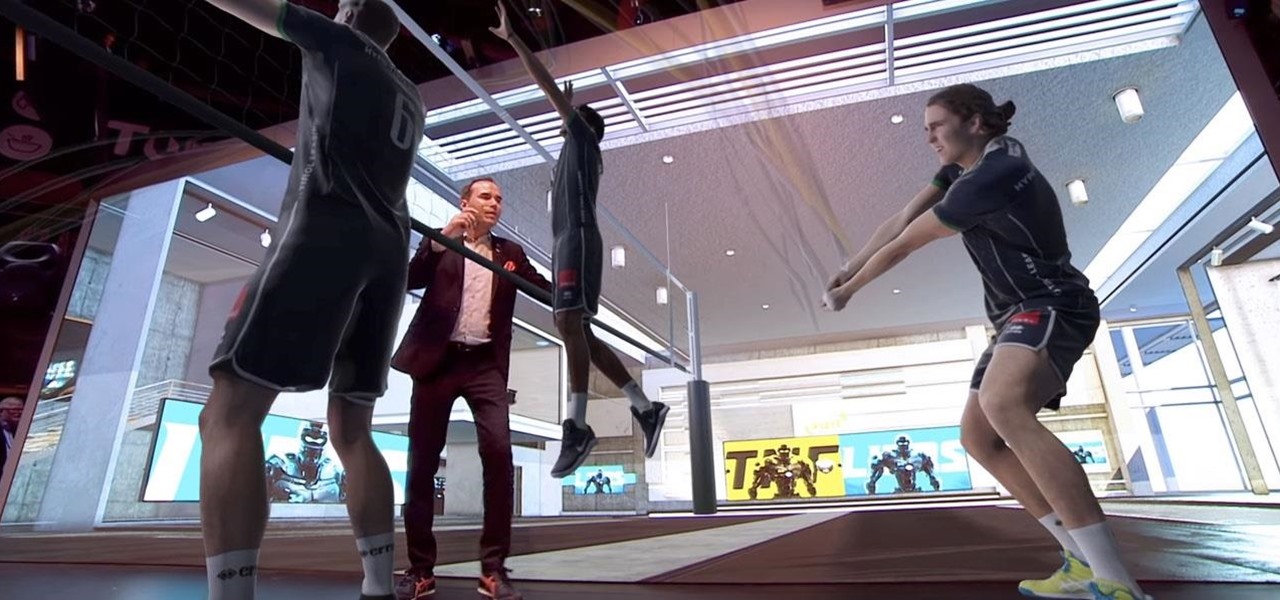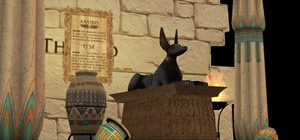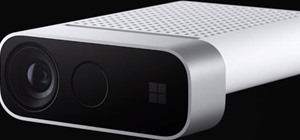Norway-based production tools company Vizrt is putting the real into augmented reality with its broadcast AR solution that's designed to keep sports fans (and other audiences) watching.
A couple of weeks ago, Chris Black, the head of content and communications at Vizrt, demoed the team's newly-launched Viz Engine 4 at the broadcast trade show IBC2019. The tool is a revamp of its core graphics engine and video compositing platform, which has wowed viewers in the past.
One key upgrade that's been added is Viz Arc, a control system that lets producers more easily move and tweak virtual AR objects during live TV productions, allowing a presenter to change the AR interactions via remote control.
Illustrating what a sports fan would see on TV, Black showed off exactly how life-sized 3D models of a golfer and volleyball players can be seamlessly added to a presenter's real-world environment during a broadcast.
Augmented reality graphics used for TV studios are usually rendered from scratch — but these images were created using volumetric photo scans and hundreds of camera images of real athletes.

Similar technology from Vizrt was demoed at the NAB media trade show in 2017, when it was used bring Sky Germany's life-size soccer player volumetric photo scans "into the studio."
But Viz Engine 4 can now handle photo scans that are much more complex and have more faces, in other words, the new system also delivers a higher polygon count. Previously, producers needed to wait for 3D model designers to smooth away some of the rough edges on animated models, but timesavers like those provided by Viz Engine 4 make it more likely that broadcasters will want to invest in doing of these kinds of interactive presentations.

Also on recently on display was the new system's ability to turn an entire game into a tiny 3D AR object placed in front of a presenter while tweaking its coloring (keying), a feature that Vizrt added to its sports analysis tool Viz Libero last year.

"Using techniques like ambient occlusion, global illumination, and physically-based materials — all native to Viz Engine 4 — we provide a way to give the designers the photorealism they need for virtual sets and AR," Black told Next Reality.

AR on TV
In TV newsrooms, immersive augmented reality experiences are fast becoming a new staple. Last year, ESPN added a new coat of paint to its long-running show Around The Horn by adding AR headshots of remote panelists floating in the studio with the help of camera tracking solutions provided by Vizrt's partner, Mo-Sys.
In that same year, the popular sports series Inside the NBA on TNT had some fun putting its "Gone Fishing" panelists into an AR motor boat, complete with moving water.
ABC News has also souped-up its election coverage with the same in-studio AR immersion using Vizrt graphics engines and Mo-Sys camera tracking system.

Joining Forces
With the launch of its latest version, Vizrt is adding tools that appeal to designers' need for platform flexibility, for example, by simultaneously melding together work from Unreal Engine 4 with the past and current versions of Viz Engine.
"We understand some of our customers have specific needs to create certain virtual set elements with added realism," said Black. "Creative artists have been doing this using different techniques including using gaming engines like Unreal Engine."
Looking toward a future when the virtual broadcast space is even bigger and there are even more developer tools, Black thinks of the system as a "third-party pipeline" rather than an "Unreal Engine pipeline," ultimately allowing designers to use other third-party platforms so that the sector flourish unhindered by platform exclusivity.
In another bid to secure the future of broadcast AR, Vizrt recently snapped up NewTek, a maker of IP-based, software-driven live video production solutions, one of the largest companies enabling IT-based video production for broadcasters.
"We don't know what engines will be on the market in five years," said Black, "but we want to be prepared to have the flexibility to bring them into our ecosystem to better serve our customers."
Just updated your iPhone? You'll find new features for Podcasts, News, Books, and TV, as well as important security improvements and fresh wallpapers. Find out what's new and changed on your iPhone with the iOS 17.5 update.























Be the First to Comment
Share Your Thoughts